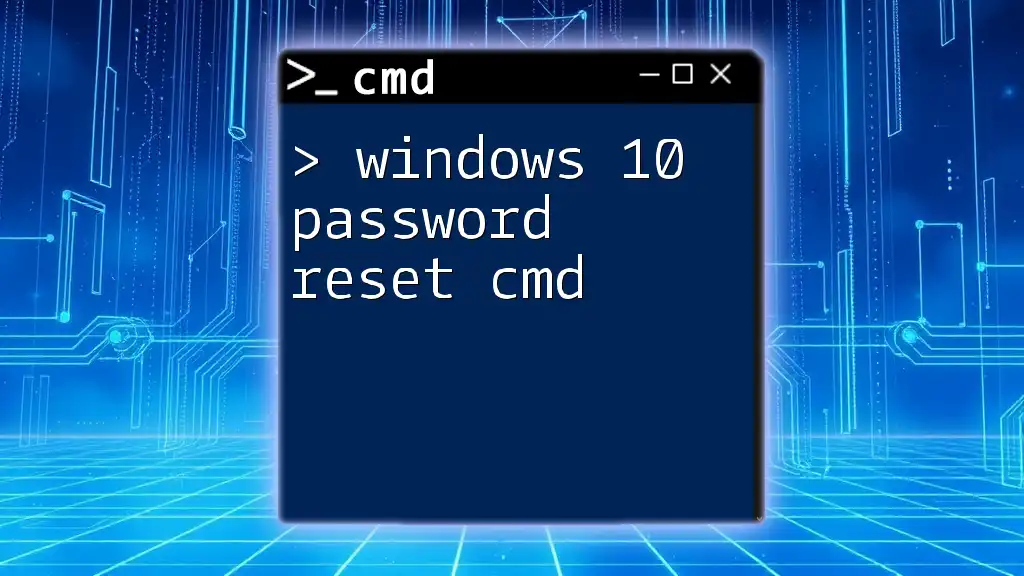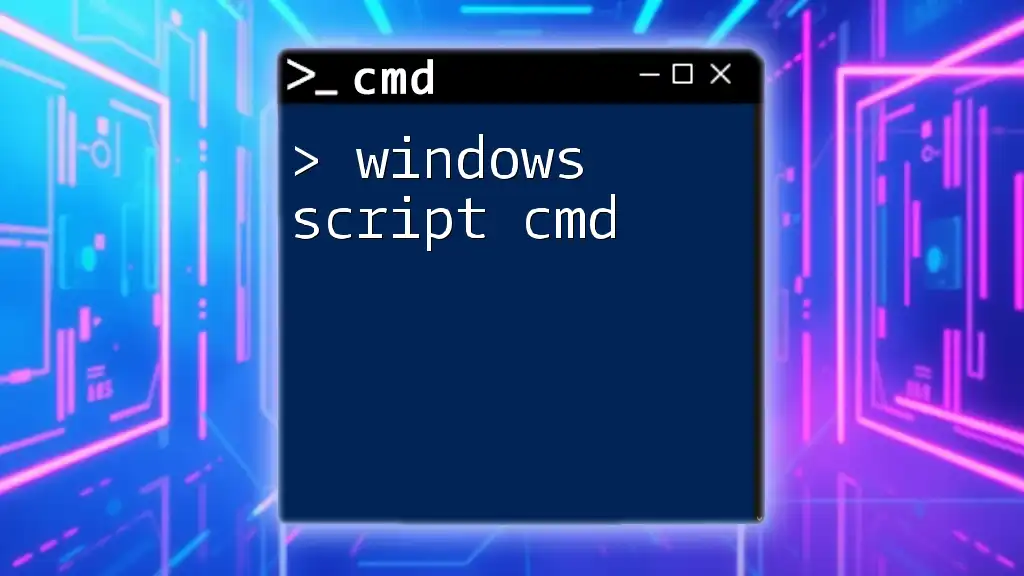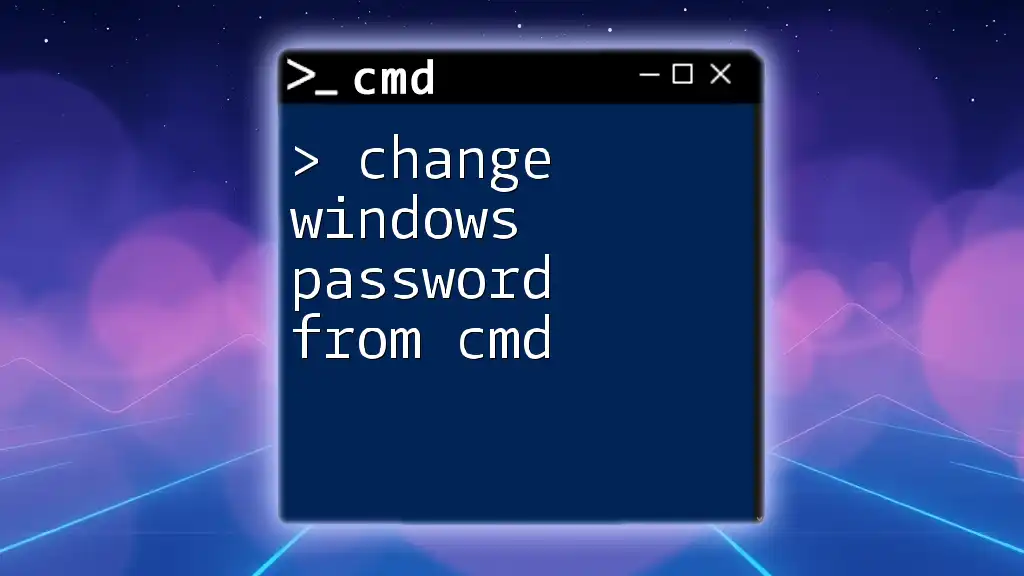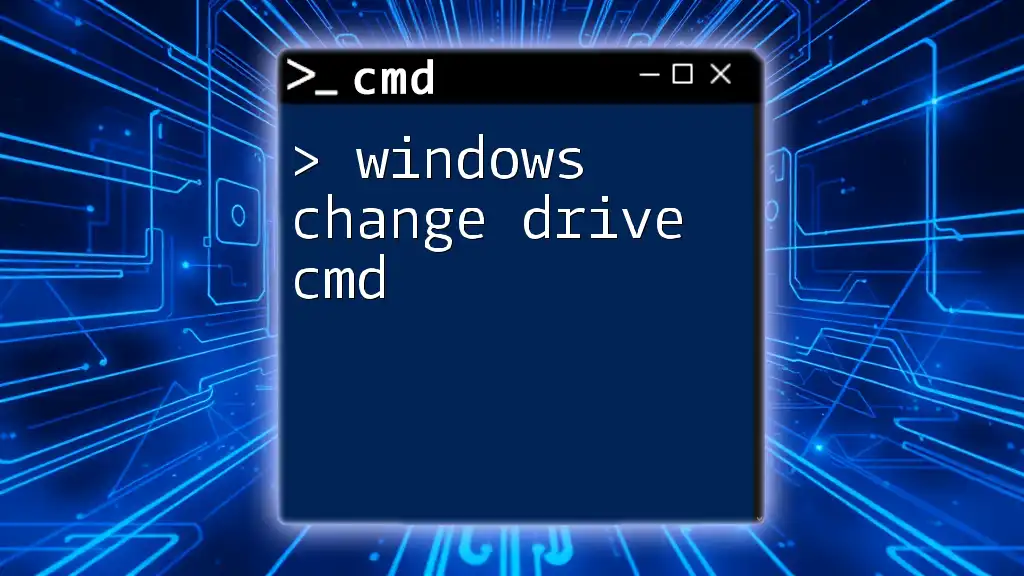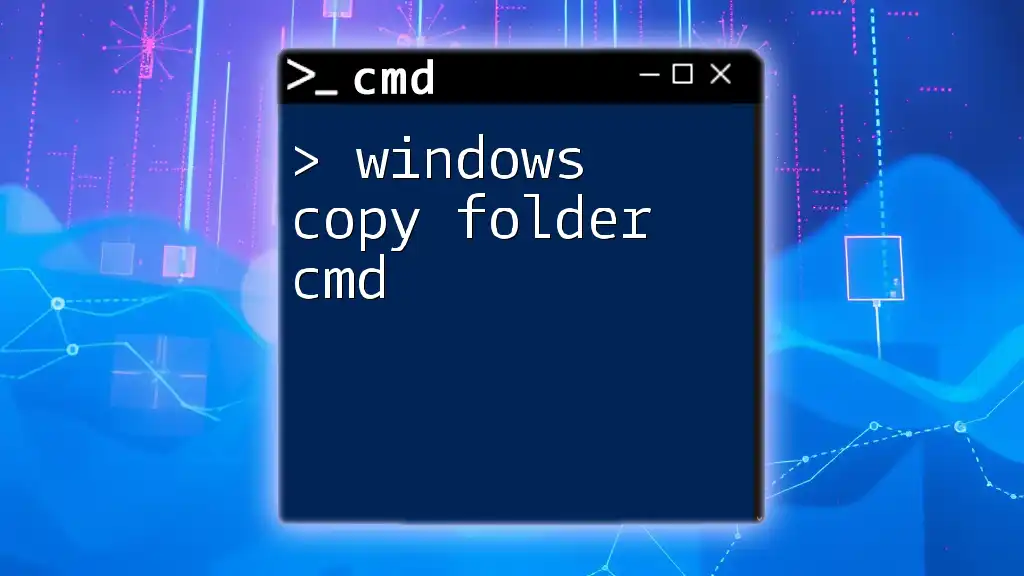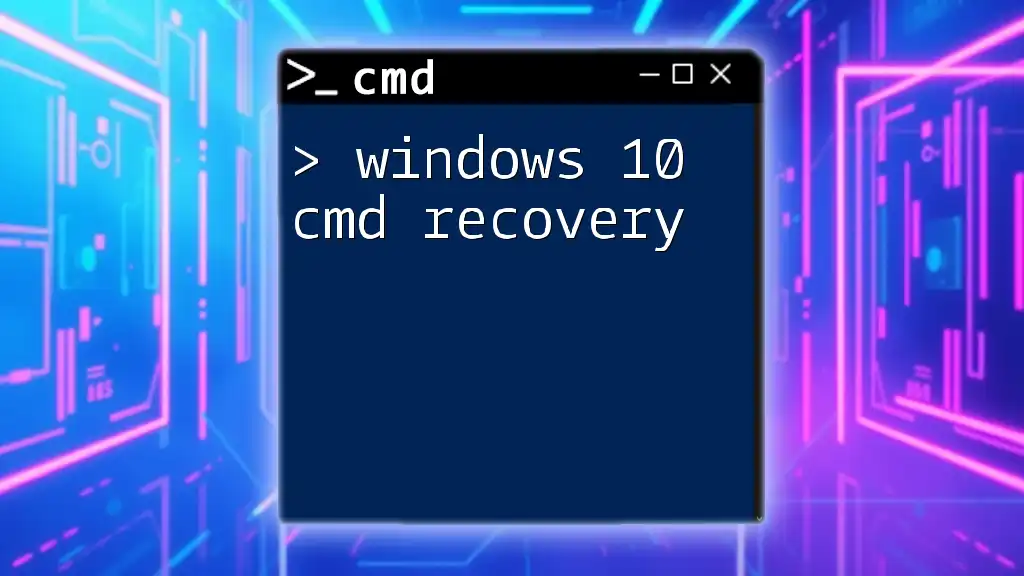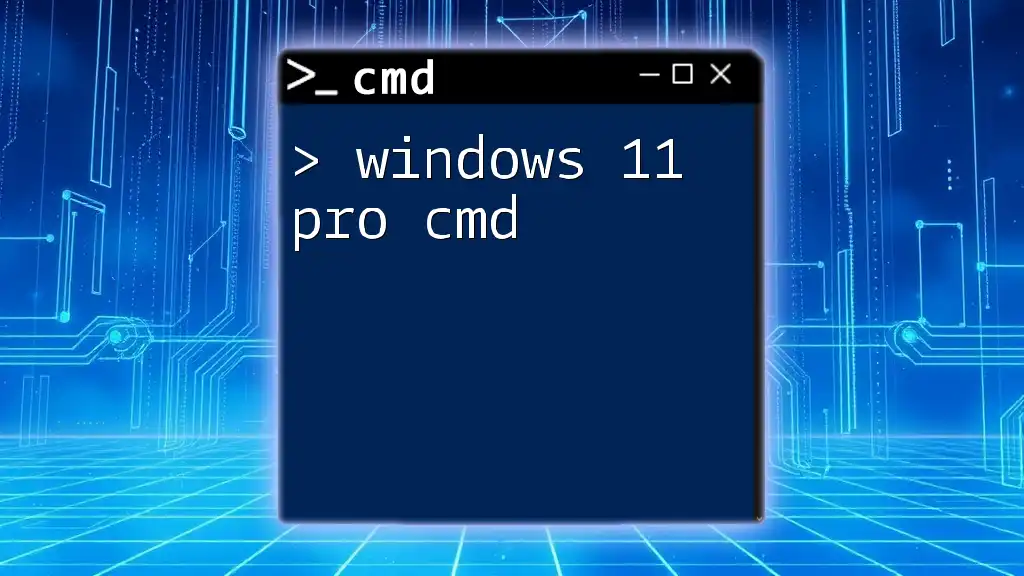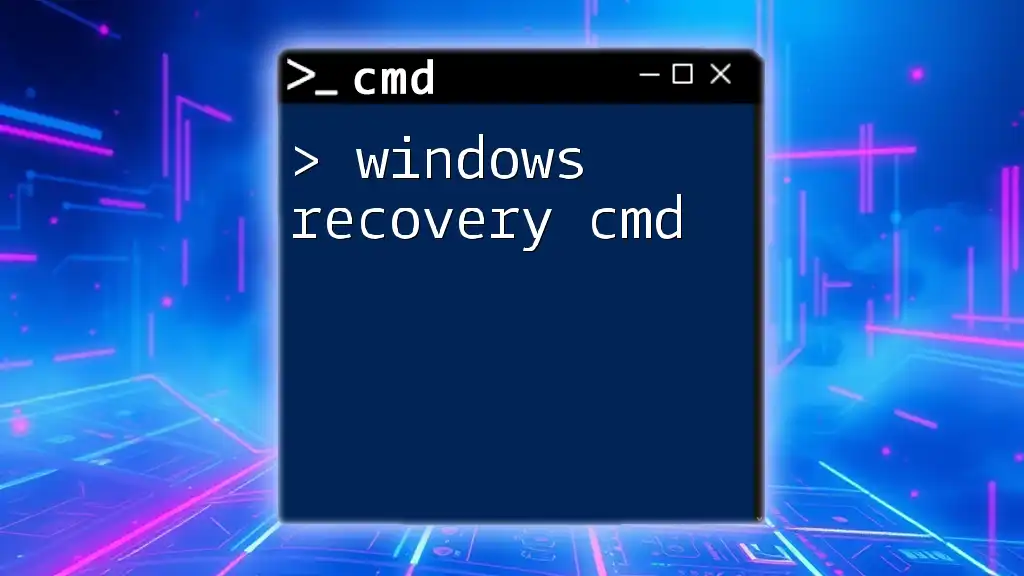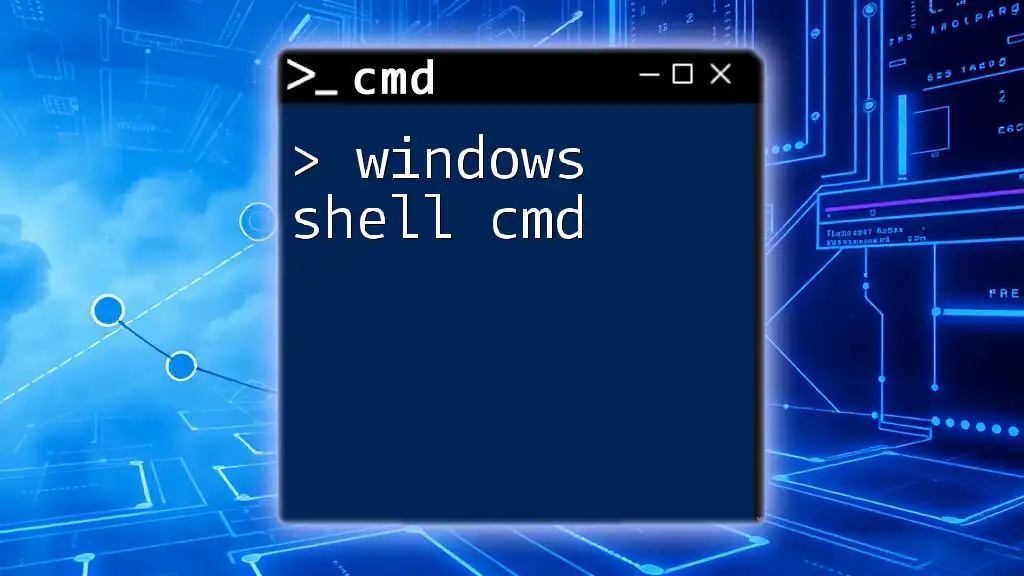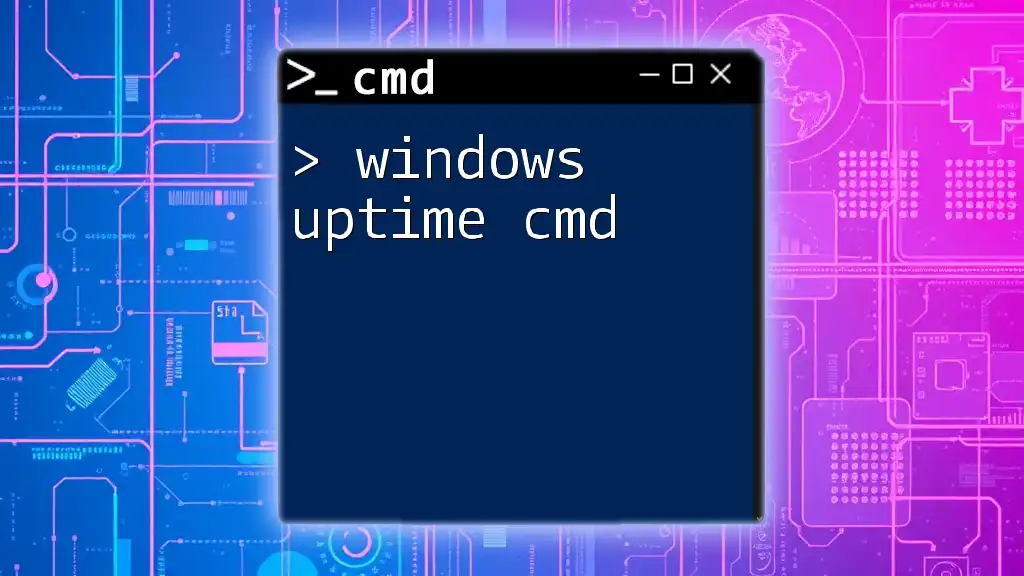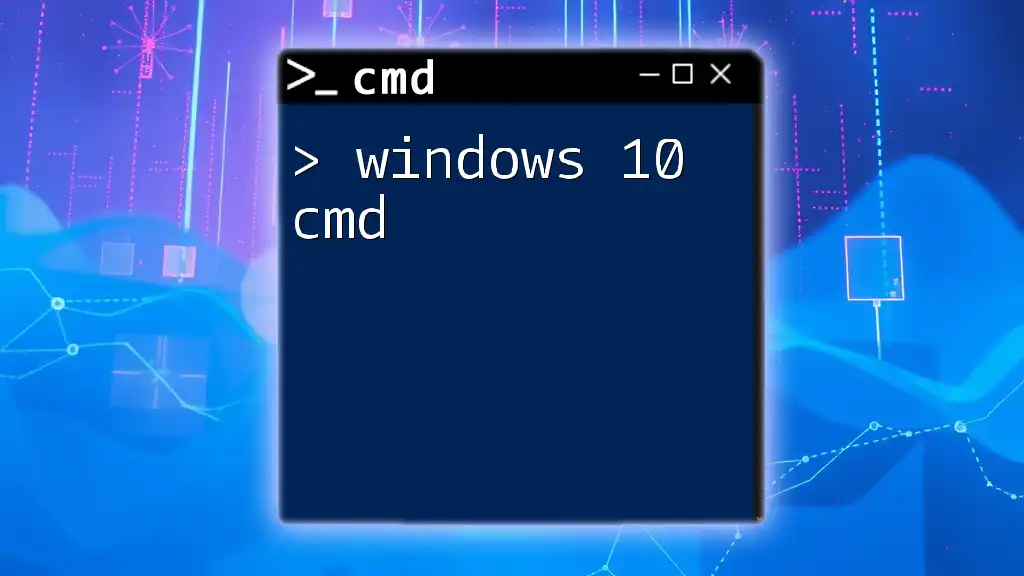To reset a Windows 10 password using the Command Prompt, you can use the following command after accessing the command line with administrative privileges:
net user <username> <newpassword>
Replace `<username>` with the account name and `<newpassword>` with the new password you want to set.
Understanding CMD and Its Role in Password Management
What is Command Prompt (CMD)?
Command Prompt, often abbreviated as CMD, is a powerful built-in utility in Windows operating systems that allows users to interact with the system via text commands. Unlike graphical user interfaces (GUI), CMD provides a way to execute commands directly, making it a valuable tool for troubleshooting, system management, and advanced operations. It operates on a command-line interface, meaning users type commands to perform tasks instead of using visual prompts.
Why Reset Your Password Using CMD?
Using CMD to reset your password offers several advantages:
- Quick Access: CMD allows users to swiftly navigate their systems and make changes without the need for additional software or graphical interfaces.
- Bypassing GUI Limitations: In scenarios where the Windows GUI is inaccessible, such as a forgotten password that locks you out, CMD becomes an essential tool.
- Direct System Access: CMD provides deeper system-level access, allowing for more comprehensive management of user accounts compared to what’s offered through Windows settings.

Pre-Requisites
System Requirements
Before proceeding with a password reset using CMD, ensure that you have administrative rights on your machine. If your Windows account is not an administrator, you may not be able to execute certain commands successfully.
Backup Important Data
As a general good practice, it's essential to back up your important data before making any significant changes to your system. While resetting a password does not typically cause data loss, unforeseen issues can occur, so it’s wise to have a backup.
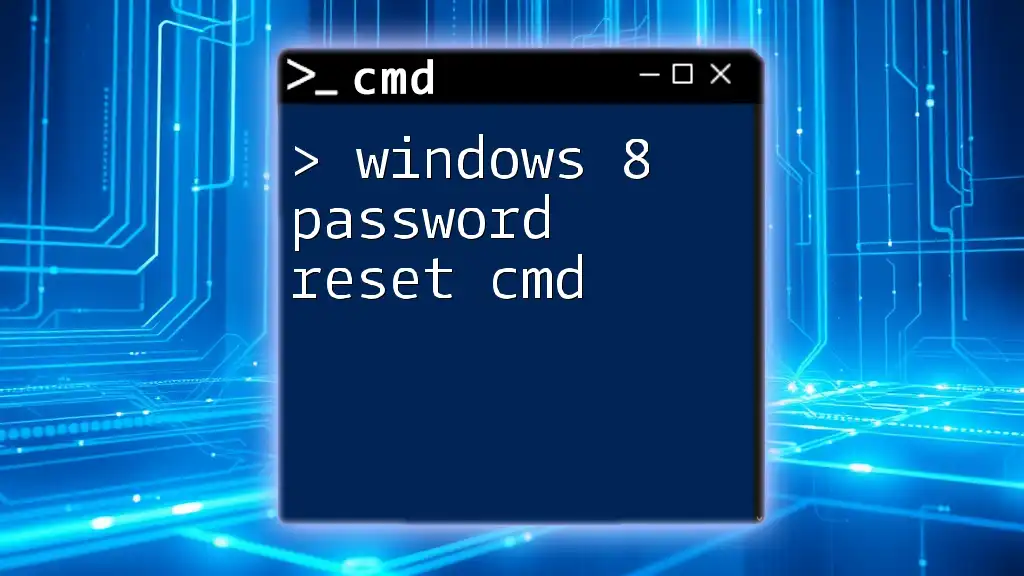
Steps to Reset Windows 10 Password Using CMD
Accessing Command Prompt with Administrative Rights
To successfully reset your password, first, you need to open the Command Prompt with administrative privileges:
- Press `Windows + X` on your keyboard. This will open a menu in the lower-left corner of your screen.
- Select Command Prompt (Admin) or Windows PowerShell (Admin), depending on what's available. If prompted for permission, click Yes to allow it to run as an administrator.
Resetting the Password
Command Syntax
The basic syntax for the command used to reset a password is as follows:
net user [username] [newpassword]
- [username]: This is the account name for which you're resetting the password.
- [newpassword]: This is the new password you want to set for that account.
Example of Resetting Password
Imagine you need to reset the password for a user named "JohnDoe". The command you would type is:
net user JohnDoe newpassword123
Executing this command will immediately reset the password for the user "JohnDoe" to "newpassword123". Ensure that you choose a strong, unique password to maintain security. It’s advisable to replace JohnDoe and newpassword123 with the actual username and your desired secure password.
Checking User Accounts
List All User Accounts
To verify the username you want to reset, you can list all user accounts on your system with the command:
net user
This command will display all user profiles on your Windows machine, allowing you to identify the correct account name for password resetting.
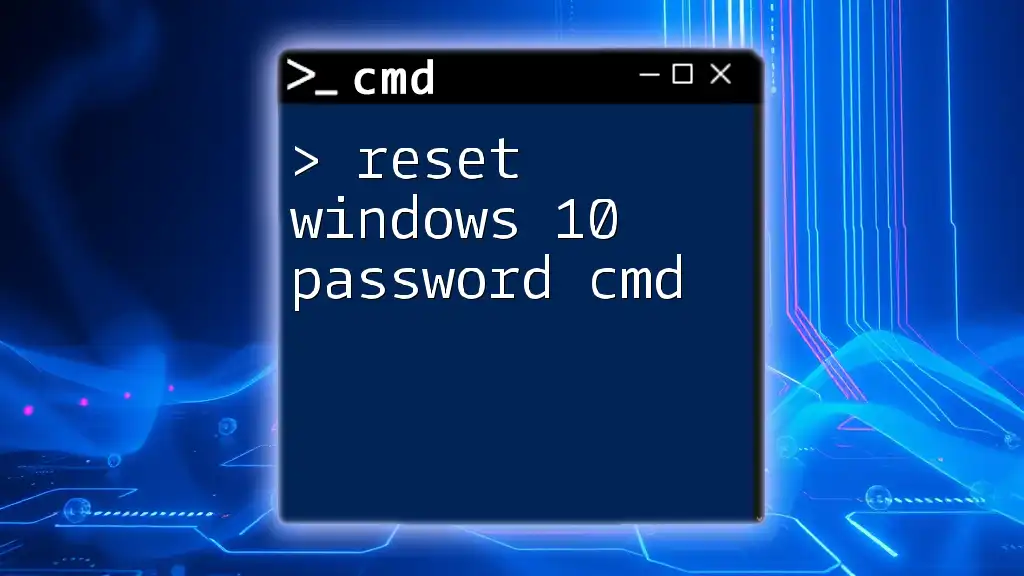
Common Issues and Solutions
Access Denied Errors
If you encounter an "Access Denied" error while trying to execute the reset command, it typically indicates that your current user account lacks the necessary administrative privileges.
To resolve this issue, make sure you are running CMD as an administrator. If you're still facing issues, you might need to login with an account that has administrative rights.
Incorrect Commands
If you mistype the command, CMD will generally inform you of the wrong syntax. Always double-check your command for correctness, including spaces and punctuation. If you encounter a syntax error, re-read the command format and ensure you haven’t missed any characters.
Locked Accounts
In cases where the user account is locked or disabled, you might not be able to reset the password using CMD directly. In such instances, you can attempt the following alternative methods:
- Boot into Safe Mode to run CMD with higher privileges.
- Use recovery options in Windows to unlock or re-enable the account.
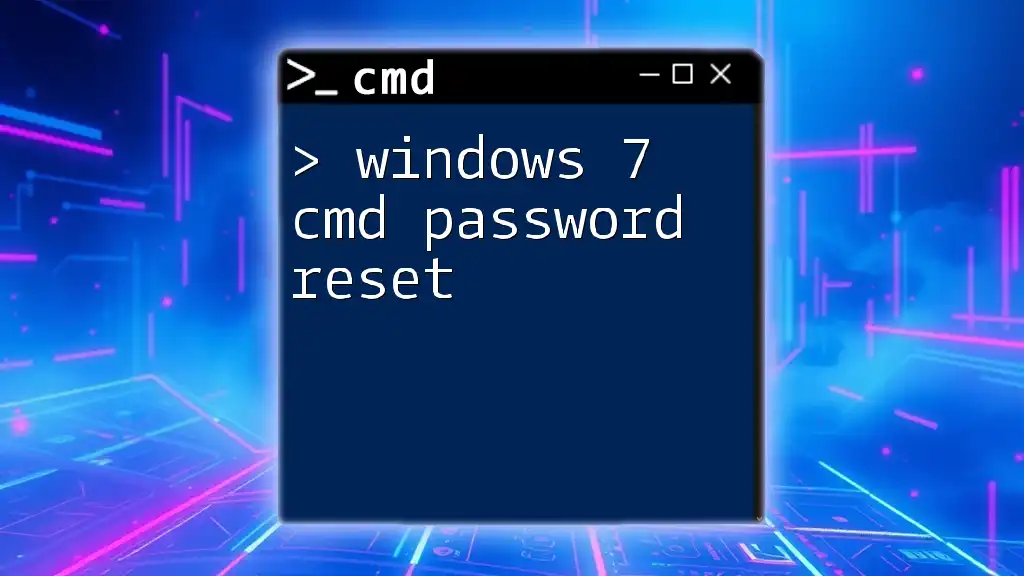
Additional Methods for Password Reset in Windows 10
Using Safe Mode to Reset Password
If access to CMD via normal mode is unsuccessful, you can boot into Safe Mode:
- Restart your computer and press `F8` during the startup.
- Select Safe Mode with Command Prompt.
- Once in Safe Mode, follow the earlier steps to access CMD and utilize the password reset command.
Third-Party Tools
Alternatively, there are various third-party tools available designed specifically to help with password recovery. While these tools can be effective, they come with pros and cons. It’s crucial to choose reputable software to avoid security risks.
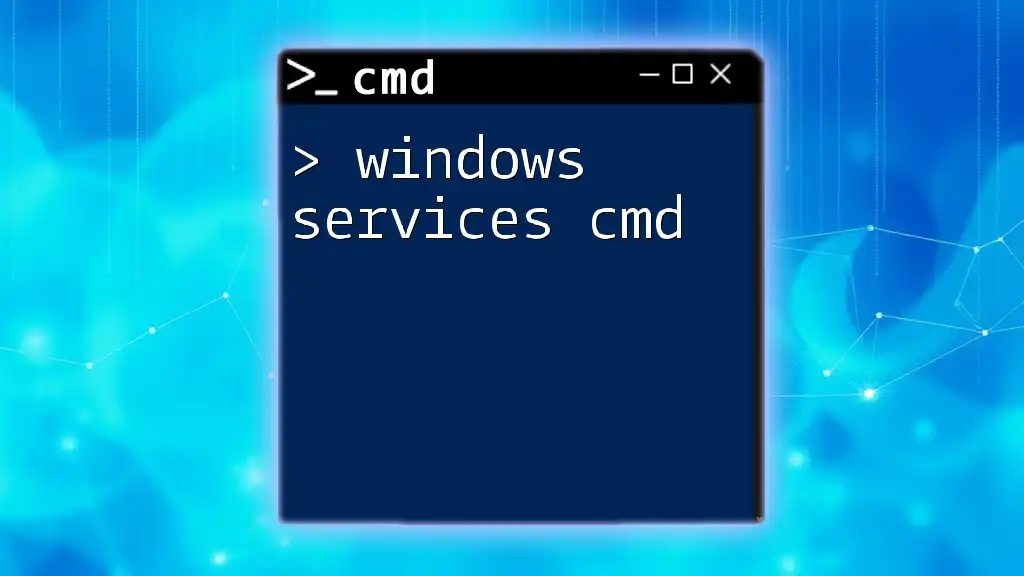
Conclusion
Resetting a Windows 10 password using CMD can be a straightforward and efficient process if you follow the necessary steps. With practice, you’ll find CMD to be a powerful ally in managing your Windows system. If you found this guide helpful, consider exploring more CMD tutorials on our website to elevate your technical skills further.

FAQs
Can I reset my password without admin access?
Unfortunately, if you lack administrative access, you cannot reset your password using CMD alone. You may need to contact the system administrator or consider recovery options.
What if I forget my new password?
It's essential to keep records of your passwords in a secure manner to avoid such situations. Consider using a password manager for storing and managing your passwords securely.
Is using CMD safe for my system?
Using CMD is generally safe when executing legitimate commands. However, caution is critical, as executing incorrect commands can lead to system issues. Always ensure you understand a command before running it.

